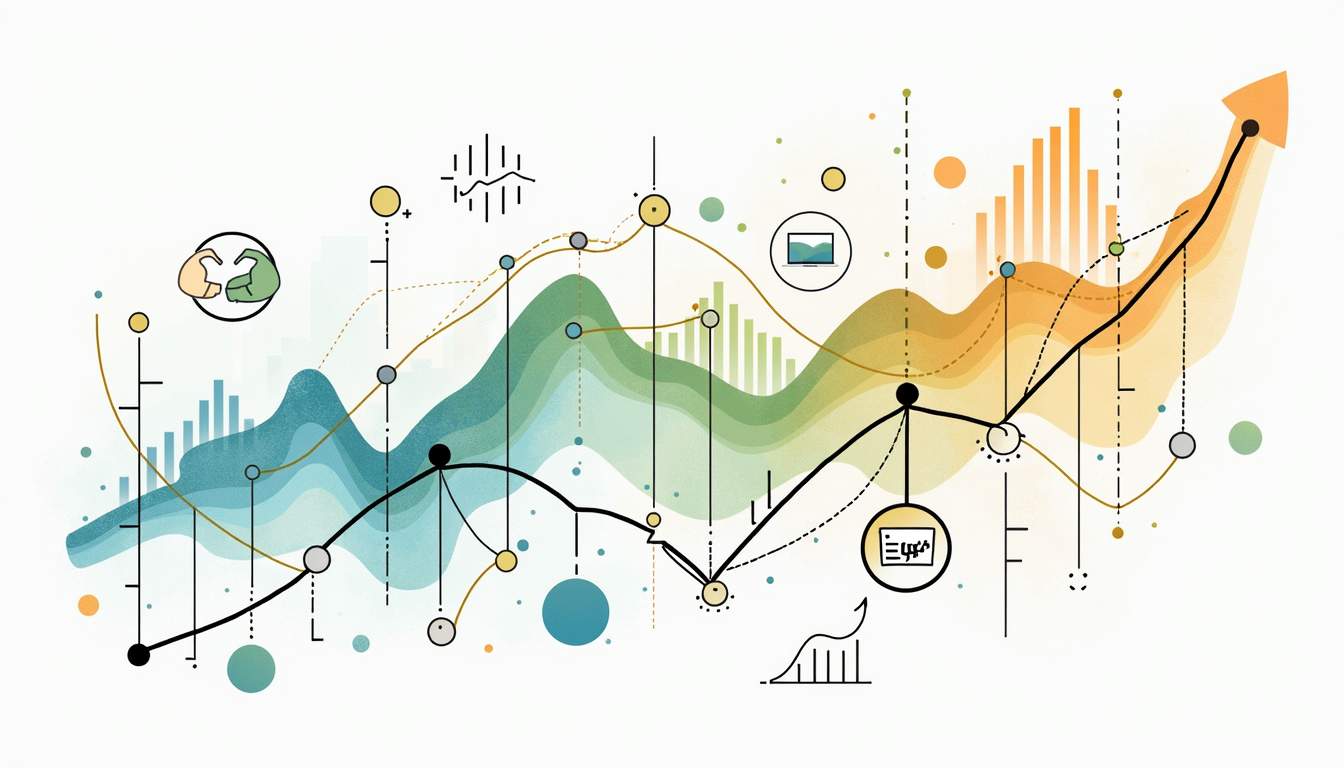
3 Ways to Measure the Value of Buyer Intent Data
In the ever-evolving landscape of digital marketing, understanding buyer intent has become crucial for businesses looking to thrive. Buyer intent data provides insights into what potential customers are interested in, allowing companies to tailor their marketing strategies accordingly. But how can one truly measure the value of this data? Here are three effective ways to do just that.
1. Analyze Conversion Rates
One of the most straightforward methods to gauge the value of buyer intent data is by analyzing conversion rates. This metric indicates how many leads turn into actual customers, and it can reveal the effectiveness of your marketing efforts.

Understanding the Metrics
To start, track the conversion rates for different segments of your audience. For instance, compare those who engaged with your content based on intent signals against those who did not. This comparison can highlight the impact of targeting based on buyer intent.
Additionally, consider the time it takes for leads to convert. If those identified through intent data convert faster, it indicates that your targeting is on point. The quicker a lead converts, the more likely it is that your marketing strategies are resonating with them. Furthermore, analyzing the customer journey can provide insights into which touchpoints are most effective in nurturing leads. By understanding these pathways, you can optimize your marketing funnel to enhance engagement and drive conversions more efficiently.
Setting Up A/B Tests
A/B testing is another powerful tool to measure the value of buyer intent data. By creating two versions of a campaign—one based on buyer intent data and the other using a more traditional approach—you can directly compare the results. This method allows for a clear understanding of how well your intent-driven strategies are performing.
Make sure to analyze not just the conversion rates, but also the quality of leads generated. Higher-quality leads often result in better long-term customer relationships, which is a vital aspect of measuring value. In addition, consider implementing multivariate testing to explore various combinations of elements within your campaigns. This approach can uncover nuanced insights about what resonates best with your audience, ultimately leading to more refined strategies that cater to specific buyer personas.
Moreover, it's essential to keep an eye on external factors that may influence your conversion rates, such as market trends or seasonal fluctuations. By being aware of these variables, you can better interpret your data and make informed adjustments to your campaigns. Regularly revisiting and recalibrating your strategies based on both intent data and broader market conditions will ensure that your marketing efforts remain agile and effective.
2. Evaluate Customer Engagement
Another way to measure the value of buyer intent data is by evaluating customer engagement metrics. Engagement is a critical indicator of how well your content resonates with your audience and can provide insights into the effectiveness of your intent-driven strategies.
Tracking Engagement Metrics
Engagement can be measured through various metrics, such as time spent on site, pages visited, and social media interactions. By analyzing these metrics, you can gain a clearer picture of how potential customers are interacting with your brand.
For instance, if you notice that users who engaged with content based on intent data are spending more time on your website, it suggests that your content is relevant and valuable to them. This is a strong indicator that your buyer intent data is effectively guiding your content strategy. Additionally, metrics like bounce rate and conversion rates can provide further context; a lower bounce rate indicates that visitors are finding your content engaging enough to stay, while higher conversion rates suggest that your content is not only attracting attention but also driving action.
Utilizing Feedback Loops
Creating feedback loops can further enhance your understanding of customer engagement. By soliciting feedback from customers who interacted with your intent-driven campaigns, you can gain valuable insights into their experiences and preferences.
This feedback can be gathered through surveys, interviews, or even social media polls. Understanding what resonates with your audience allows for continuous improvement in your marketing strategies and can lead to higher engagement rates over time. Moreover, implementing A/B testing on different content formats or messaging can help you refine your approach based on real-time data. For example, if a particular headline or visual element consistently performs better, you can adjust your future content to align with those preferences, thereby fostering a more engaged audience that feels connected to your brand.
3. Assess Long-Term Customer Value
Measuring the long-term value of customers acquired through buyer intent data is another essential aspect of determining its worth. This approach focuses on the lifetime value (LTV) of customers, which considers the total revenue a customer is expected to generate over their relationship with your business.

Calculating Lifetime Value
To calculate LTV, consider factors such as average purchase value, purchase frequency, and customer lifespan. By analyzing these components, businesses can determine how much they should invest in acquiring customers based on their intent data.
For example, if you find that customers acquired through intent data have a higher LTV than those acquired through traditional methods, it indicates that your intent-driven strategies are not only effective but also profitable in the long run.
Monitoring Retention Rates
Retention rates are another critical metric to assess the long-term value of customers. High retention rates often correlate with satisfied customers who see value in your offerings. By tracking retention rates for customers acquired through intent data, businesses can evaluate the effectiveness of their marketing strategies over time.
Implementing loyalty programs or follow-up campaigns can also help in retaining customers and enhancing their lifetime value. By nurturing these relationships, businesses can ensure that they maximize the potential of the leads generated through buyer intent data.
Conclusion
Measuring the value of buyer intent data is not just about tracking immediate metrics; it’s about understanding the broader impact on your marketing strategies and customer relationships. By analyzing conversion rates, evaluating customer engagement, and assessing long-term customer value, businesses can gain a comprehensive understanding of how buyer intent data influences their success.
As the digital landscape continues to evolve, leveraging buyer intent data will remain a crucial element for businesses aiming to connect with their audience effectively. By employing these measurement strategies, companies can ensure they are making informed decisions that drive growth and enhance customer satisfaction.
In the end, the insights gained from buyer intent data can lead to more targeted marketing efforts, improved customer relationships, and ultimately, a stronger bottom line. Embrace the power of buyer intent data and watch as it transforms your marketing strategy.
Ready to harness the full potential of buyer intent data for your marketing campaigns? At POP Advertising Partners, we specialize in leveraging high intent buyer data to streamline your customer acquisition and optimize your ad spend across all channels. Let's Chat About Data & How It Can Help Your Business today, and take the first step towards more efficient and effective marketing strategies.
